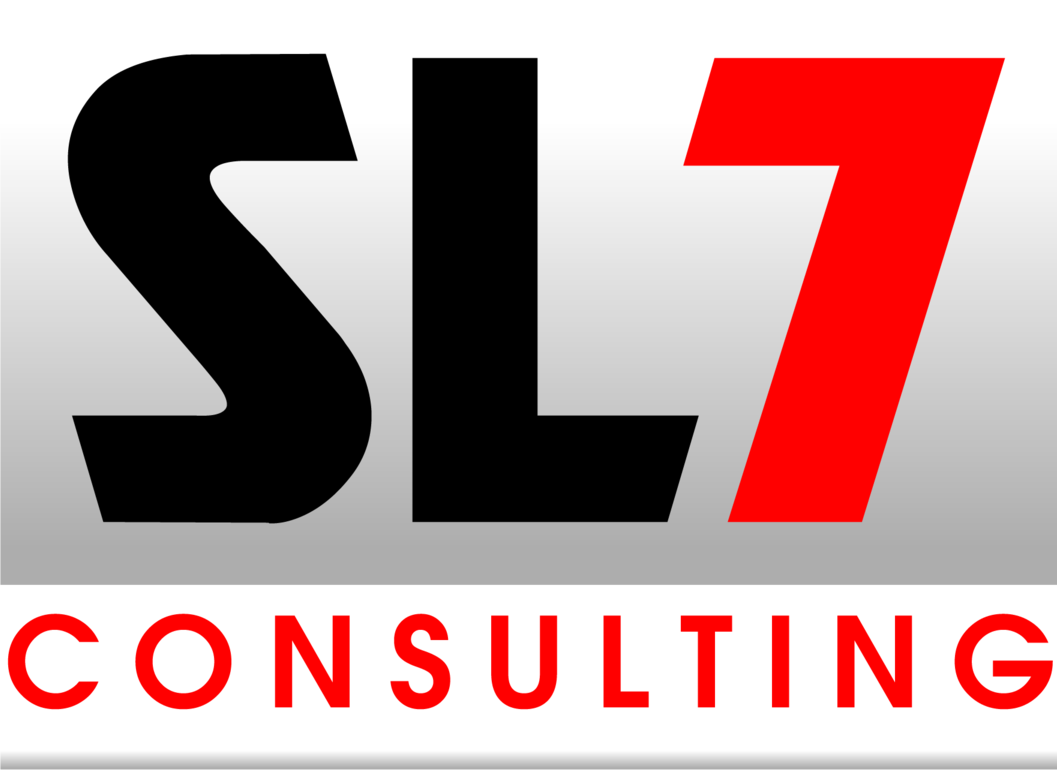However, they do share some common ground that is worth noting in underwriting any community outreach campaign to build consensus and mitigate the risks of local resistance:
Here Are A Few Tips:
- Lack of Community Engagement: Failing to engage with local residents and community groups early in the planning process can lead to mistrust and opposition. Communities often resist projects they perceive as imposed upon them without their input.
- Failure to Address Concerns: Ignoring or dismissing the concerns of local residents can escalate opposition. Developers should actively listen to community feedback and address legitimate concerns regarding issues such as traffic congestion, environmental impact, noise, and property values.
- Inadequate Communication: Poor communication about the benefits of the project to the community can fuel opposition. Developers should clearly articulate how the project will contribute to the local economy, create jobs, improve infrastructure, or enhance amenities.
- Disruption of Neighborhood Character: Projects that are perceived as incompatible with the existing character of the neighborhood can generate opposition. Developers should strive to design projects that complement the surrounding built environment and preserve the unique character of the community.
- Environmental Impact: Projects that are perceived as harmful to the environment, such as those involving significant land clearance or pollution, are likely to face opposition from environmental groups and concerned citizens.
- Height and Density Concerns: Projects that propose tall buildings or high-density developments in low-rise or suburban areas may face opposition from residents concerned about the impact on sunlight, privacy, and congestion.
- Gentrification and Displacement: Development projects that are seen as drivers of gentrification and displacement of long-time residents can provoke opposition from community advocates and social justice organizations.
- Lack of Transparency: Perceived secrecy or lack of transparency in the development process can breed suspicion and opposition. Developers should strive to be open and transparent about their plans, timelines, and decision-making processes.
- Legal and Regulatory Challenges: NIMBY opposition can also manifest through legal and regulatory challenges, such as zoning disputes, environmental impact assessments, and permitting delays. Developers must navigate these challenges carefully to minimize opposition.
- Negative Past Experiences: Past negative experiences with developers or development projects in the community can predispose residents to oppose new projects. Developers should acknowledge and learn from past mistakes to build trust and credibility with the community.
Overall, effective community engagement, transparent communication, and proactive efforts to address concerns are essential strategies for real estate developers to mitigate NIMBY opposition and garner support for their projects.

By being proactive, engaging with stakeholders, and presenting a compelling case for your project, you can increase the likelihood of success at public hearings, even in the face of coordinated opposition.
For more information on how to get your controversial project across the finish line, you can go to www.PatrickSlevin.com. Book a call with Patrick Slevin today.
